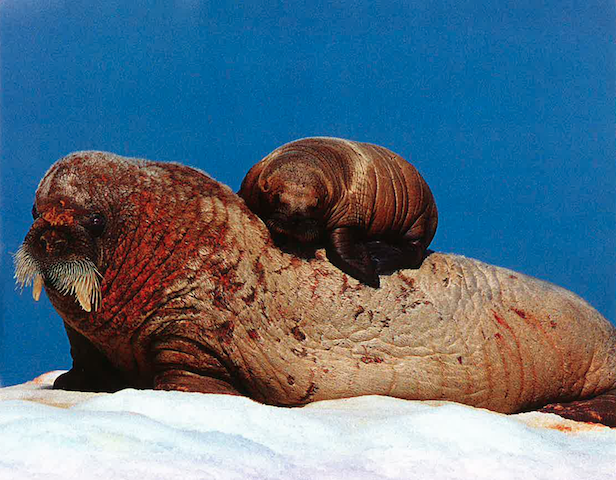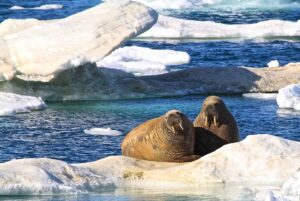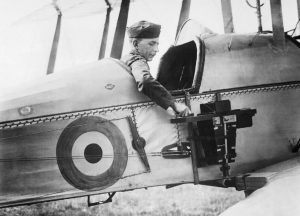
Wildlife
Calling all walrus detectives: new project seeks citizen scientists to count walrus from space
Project will use satellite imagery to track walrus populations and habitats and guide their conservation
- 569 words
- 3 minutes
This article is over 5 years old and may contain outdated information.
History

When the news of the first baby walruses born in captivity in Canada emerged last month, I started digging around in the Canadian Geographic archives, curious to see what the magazine had published on the creature.
My first search was for Paul Nicklen, the renowned Canadian wildlife photographer with a background in marine biology. Nicklen’s work last appeared in the magazine in the December 2013 issue, when he shared with readers the favourite shots he’d taken during his more than 20-year career, two of which happened to feature Odobenus rosmarus.
Perhaps not surprisingly, my next walrus find also featured Nicklen’s work, this time from 11 years earlier, when he supplied images for the “Grace Under Water” photo essay in the March/April 2002 issue [See it here].
The pictures are, of course, fantastic, whether it’s the shot of a walrus cub perched on its mother’s back atop an ice floe or the sight of two Department of Fisheries and Oceans scientists lying prone just a few metres away from three impressively-tusked animals.
“As a rule,” noted Dane Lanken, who wrote the text that accompanies Nicklen’s photos, “a walrus is trusting of humans, who, by dressing to blend in and staying low, can approach remarkably close.”
In addition to giving some insight into how Nicklen photographed the walruses (“I moved very slowly,” he says. No kidding. A walrus is not an animal you want to startle.), Lanken peppers his piece with more of these similarly fascinating walrus facts. For instance: walruses are Arctic dwellers today, but used to be found as far south as the Gulf of St. Lawrence, the Bay of Fundy and even the coast of Massachusetts; walrus oil was a target for European whalers in the 1700s and 1800s, and ivory and skin (the latter was used for machine drive belts, among other things) were considered bonuses; walruses feed on clams and oysters; the animal’s tusks are exserted upper canine teeth; the walrus commonly uses its tusks to haul itself out of the water and onto rock or ice. And the list goes on.
As intriguing as the text and photos are, it’s worth pointing out that the walruses born in Canada in May are just as compelling, if not more so. Why? Their arrival marked only the seventh and eighth time that the animal has been born in captivity in North America since 1930.
Are you passionate about Canadian geography?
You can support Canadian Geographic in 3 ways:

Wildlife
Project will use satellite imagery to track walrus populations and habitats and guide their conservation

Wildlife
Nicklen marries art, science and conservation in new book Born To Ice

Kids
Often identified by their large tusks, walrus are large marine mammals that can weigh more than 2000 pounds. …

History
When did aerial photography first emerge, and what’s happened in the years since?